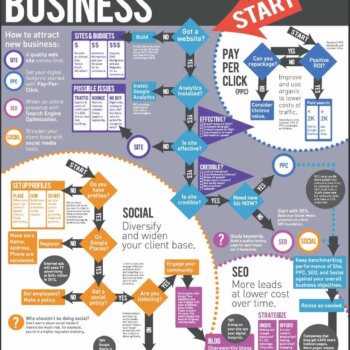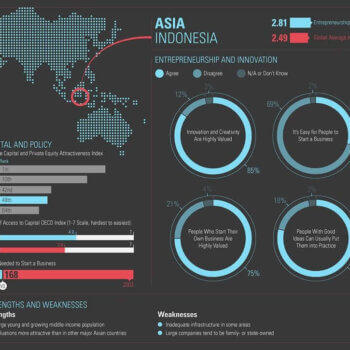The business world didn’t see it coming. When the new coronavirus began spreading in the early months of 2020, it put kinks in multinational production chains — first in China and then around the globe.
But it didn’t have to happen that way, says Francisco Polidoro, associate management professor at Texas McCombs. In a forthcoming paper, he suggests how companies can fortify their operations against unforeseeable events such as pandemics.
With Curba Lampert of Florida International University in Miami and Minyoung Kim of the University of Kansas, Polidoro introduces a strategy called branching. A company, he says, can build multiple branches into its value chain: a string of steps leading from research and development through manufacturing and sales. When a crisis strikes one branch, the overall chain can keep running.
At the core of the strategy is a distinction first defined in 1921 by economist Frank Knight, a mentor of Milton Friedman’s: risk versus uncertainty. It’s a distinction, Polidoro says, that’s relevant again.
What’s the difference between risk and uncertainty?
Risk is measurable. Uncertainty is not. Risk is like a situation in which you’re flipping a coin. You know the probabilities with which things can occur. With uncertainty, you don’t know which scenarios may occur, let alone the probabilities.
Is it the difference between “known unknowns” and “unknown unknowns?”
That’s a good way to put it. Risk covers events that have happened before. We just don’t know when they’ll happen again. Uncertainty covers events that have not happened before. You don’t have sufficient data points to estimate probabilities.
Like a pandemic with a previously unseen virus?
Yes. There were predictions of a new virus evolving into a pandemic, but nobody knew which virus, where, or when.
Over the past few decades, companies have constructed global value chains to cut costs and boost efficiency. How does a pandemic upset that strategy?
When you design your operations to optimize economies of scale, you’ve accounted for standard issues that can go wrong. Then a nonstandard event occurs that you have not accounted for, like a pandemic, a trade war, or the closing of national borders. All of a sudden, the decisions that optimized your operations previously can end up leading to unprecedented disruptions.
In Wuhan, China, at least 200 of the Fortune Global 500 had a presence. They were in the center of the whole outbreak, and there was an immediate effect on their operations.
By definition, an uncertain event is one you can’t foresee. Then how can a business prepare for it?
You invest in flexibility before you need it. With branching, the idea is to have a kind of redundancy by design. It makes you more resilient. If you wait until your value chain is disrupted, it may be too late.
Can you give an example?
I could have branching in my manufacturing facilities. I have one in China, but also in Singapore or in the Philippines. If anything goes wrong in China, I can redeploy assets more easily, because I have a different plant somewhere else.
Isn’t it costly to have duplicate facilities?
Not as costly as you might think. You can get a sense of which sections of your value chain are most vulnerable to uncertainty. You do your branching there.
Downstream, you might protect against disruption by doing your manufacturing in multiple locations. But upstream, you might anchor your R&D in a single location, like the United States, because you have protection for your intellectual property there. You don’t have to be flexible everywhere all the time.
Are the extra costs of branching worth it?
Branching may reduce the value you get now, but it may sustain your value for a longer time. There’s a trade-off between efficiency and flexibility. It’s the difference between a somewhat higher cost for making a phone versus being able to make it at all.
Branching can also create new kinds of value. If you’re simultaneously doing research across several different technologies, it’s somewhat less efficient than focusing on one. But it gives you access to a more diverse set of ideas. In the long run, you can recombine them and come up with more innovations. You can make your company more resilient and also more inventive.
About the Author
This article was written by Steve Brooks of Texas Mcombs, a business blog that shares the business and public policy knowledge created at The University of Texas with the world. see more.





























